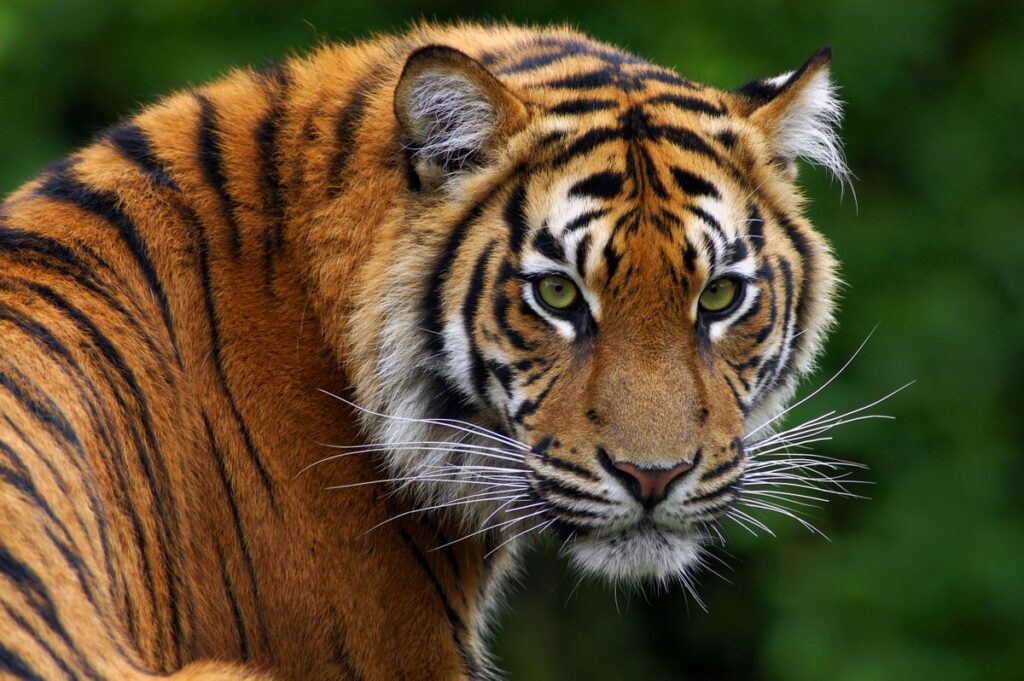Alan Turing: Mathematician, Cryptographer, and Pioneer of Biological Patterns
Alan Turing, renowned for his pivotal role in deciphering complex codes during World War II, remains a celebrated figure in both mathematics and computer science. His efforts to break what was previously considered an unbreakable encryption helped the Allies gain a crucial advantage over the Axis powers, a narrative later brought to life in the film The Imitation Game.
A Multifaceted Genius
While Turing’s cryptographic achievements became widely recognized only decades after his passing, his intellectual contributions stretch far beyond that realm. Turing laid foundational concepts for computer science, notably formulating a mathematical model of computation and developing a test—now known as the Turing Test—to evaluate the human-like capability of artificial intelligence. This test assesses whether a machine can mimic human responses convincingly enough to be indistinguishable from a real person in conversation.
Exploring Biological Patterns: Tiger Stripes
Among Turing’s various scientific explorations, his work in mathematical biology, particularly focusing on pattern formation, is less frequently highlighted. In his research, Turing speculated on how distinct patterns, such as the stripes of a tiger, arise naturally, driven by biochemical processes within embryonic development.
Understanding the Mechanism
Turing’s insights were not rooted in the advanced genetic knowledge we possess today. Instead, he approached the question of animal patterns through a simplified model. He theorized that the skin patterns in animals resulted from the interaction of two types of pigment-producing molecules, which he called “morphogens.” These morphogens migrate through developing skin cells, leading to structured color patterns.
The Interaction of Morphogens
In Turing’s model, imagine one morphogen responsible for producing black pigmentation and another for orange. The presence of these morphogens affects their respective concentrations: an increase in one type often inhibits the production of another. This interaction can be likened to an ecological system where, for instance, the existence of abundant rabbits (black morphogens) attracts foxes (orange morphogens), which subsequently impacts the rabbit population.
The dynamics of this relationship create opportunities for various patterns: from stripes to spots, reflective of how morphogens interact differently based on their concentrations and distribution in the cells of the developing embryo. Although Turing’s framework was developed without the aid of modern computing technology, he meticulously calculated outcomes by hand, leading to stunning insights into how patterns such as stripes, dots, and spots emerge based on morphogenic interactions.
Scientific Legacy: Validation and Discovery
Despite Turing’s groundbreaking proposals, his work initially received minimal attention. Following its publication in 1952, the scientific community’s focus shifted towards the structure of DNA. However, in the decades following, advancements in technology allowed modern biologists to revisit Turing’s theories, investigating whether his proposed mechanisms occur in actual biological contexts.
Recent studies have begun to validate Turing’s ideas. For example, researchers have identified certain proteins in mice that regulate stripe patterns, and studies in zebrafish indicate that similar mechanisms may govern their coloration. Yet, while exploring Turing’s theory in large cats like tigers remains a challenge, ongoing research aims to illuminate how morphogens contribute to their distinct stripe patterns.
Turing’s work exemplifies the remarkable intersection of mathematics and biology, showcasing how theoretical frameworks can lead to practical biological understanding. The full implications of Turing’s hypothesis in the natural world continue to inspire scientific discovery as we seek to unravel the complex processes that govern pattern formation in nature.
This article has been adapted and expanded from an original appearance in Spektrum der Wissenschaft, with permission granted for reproduction.


